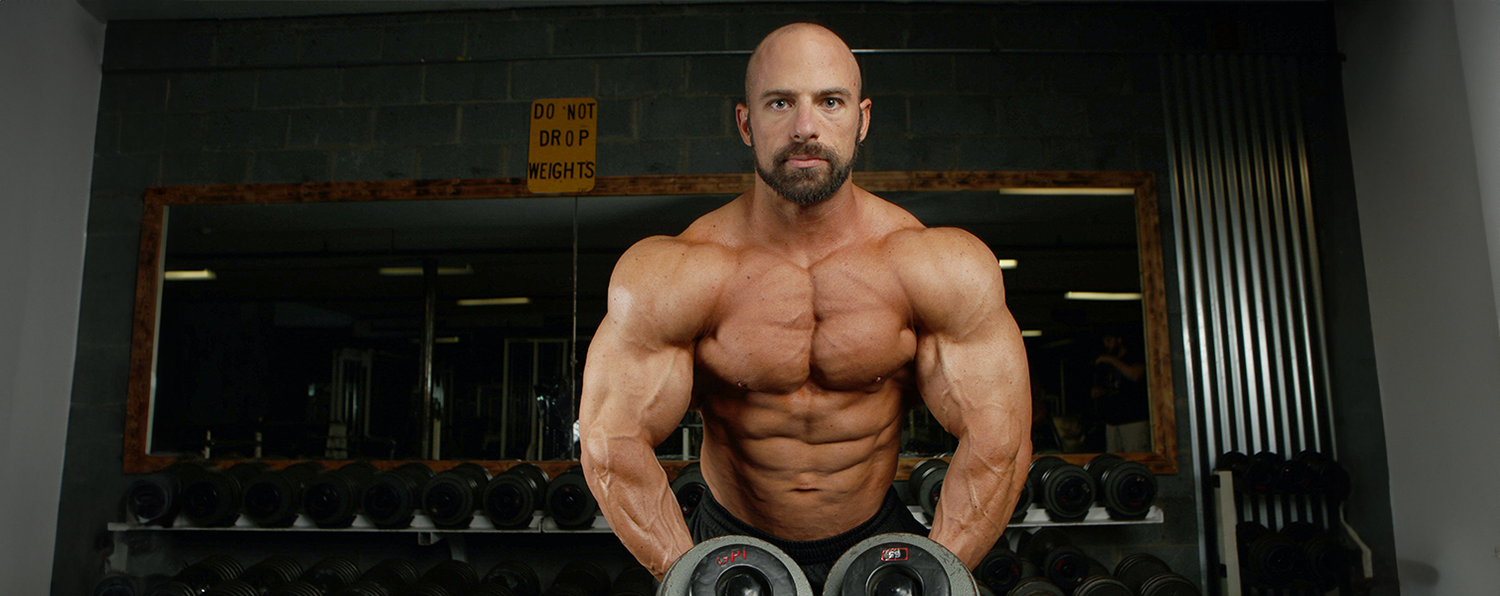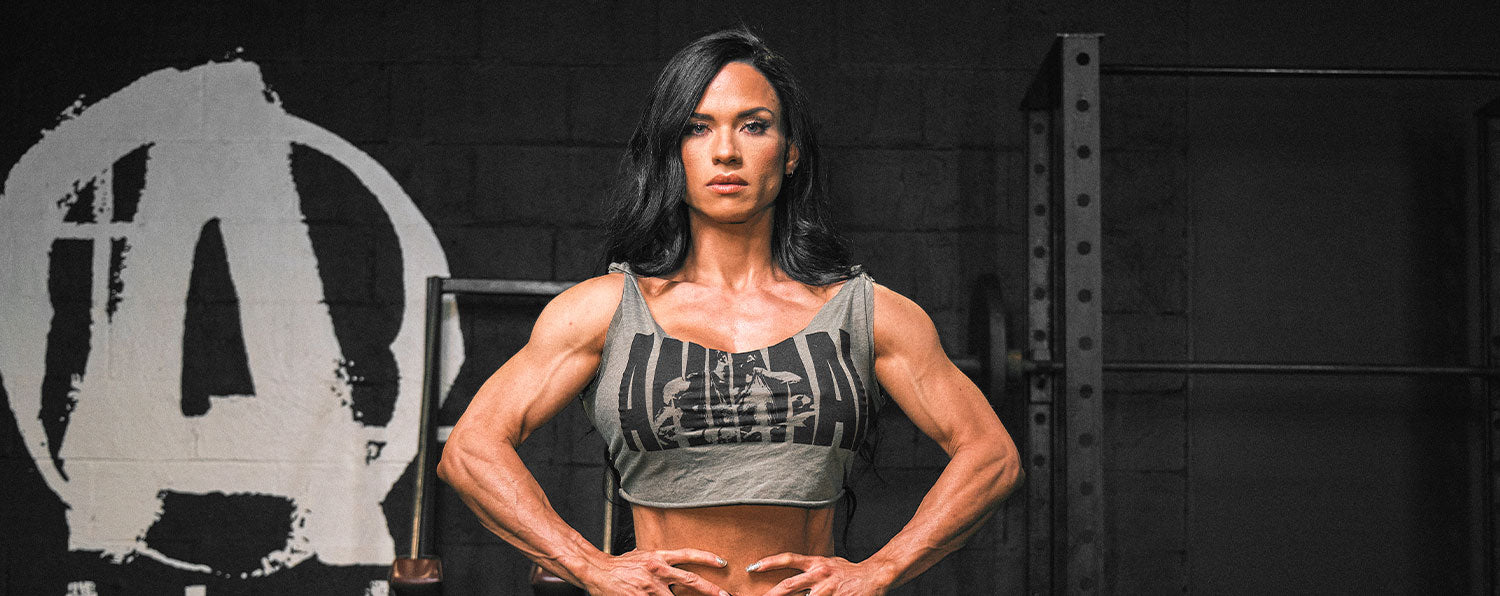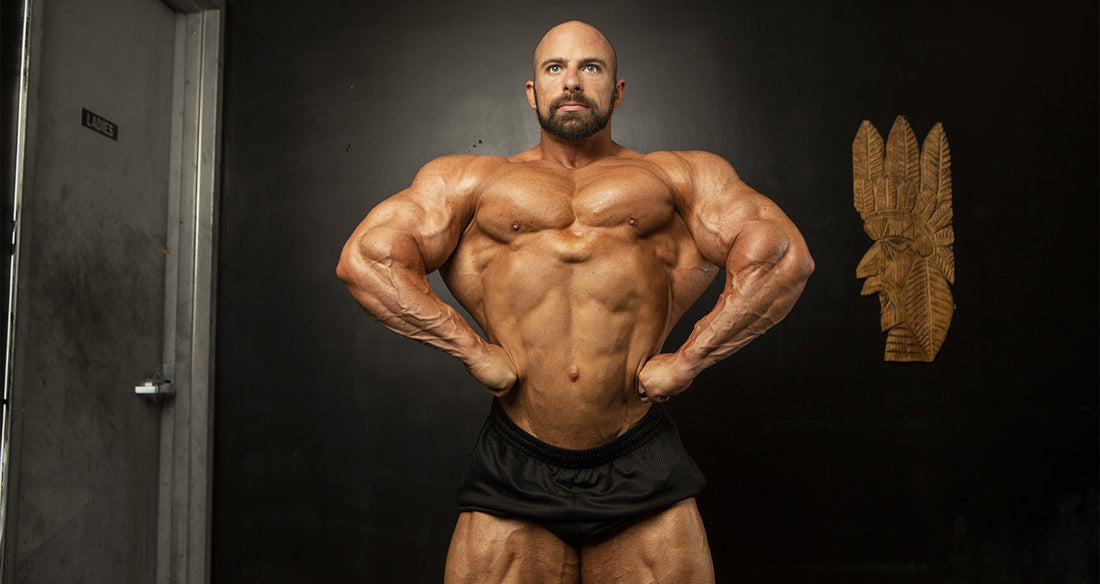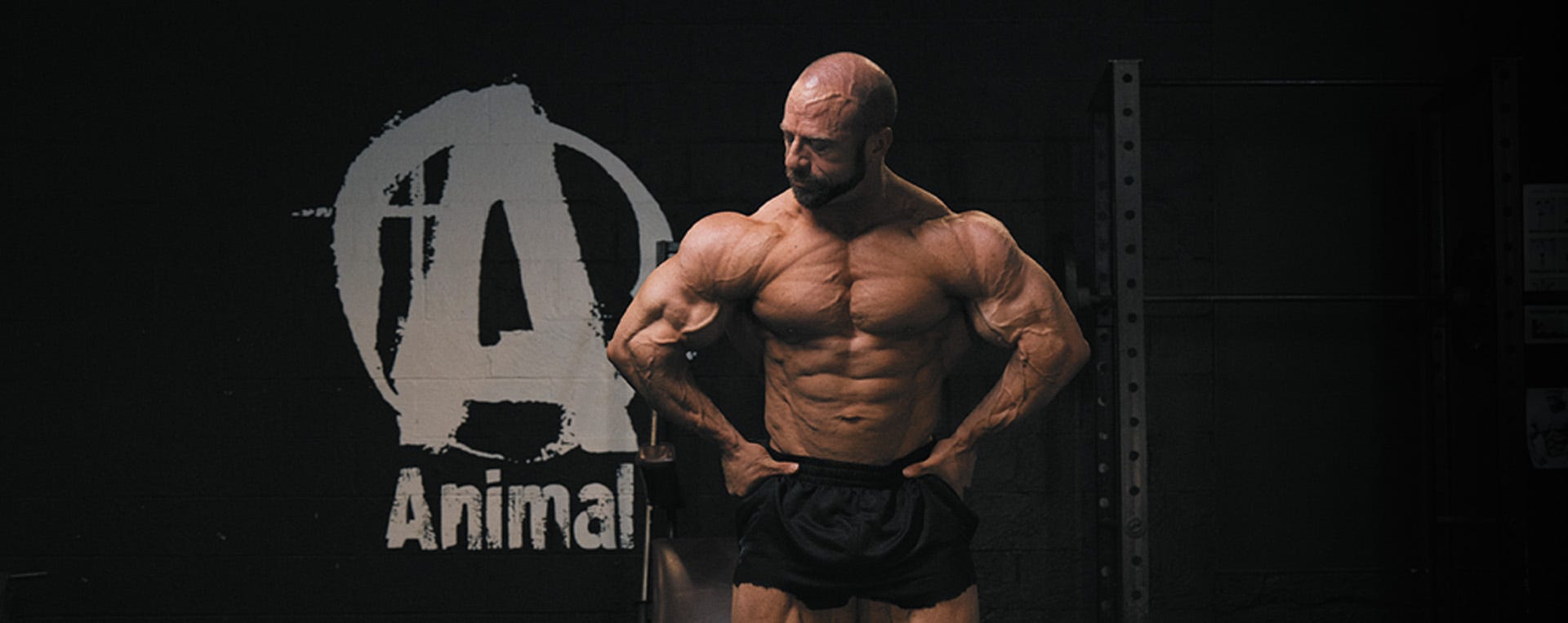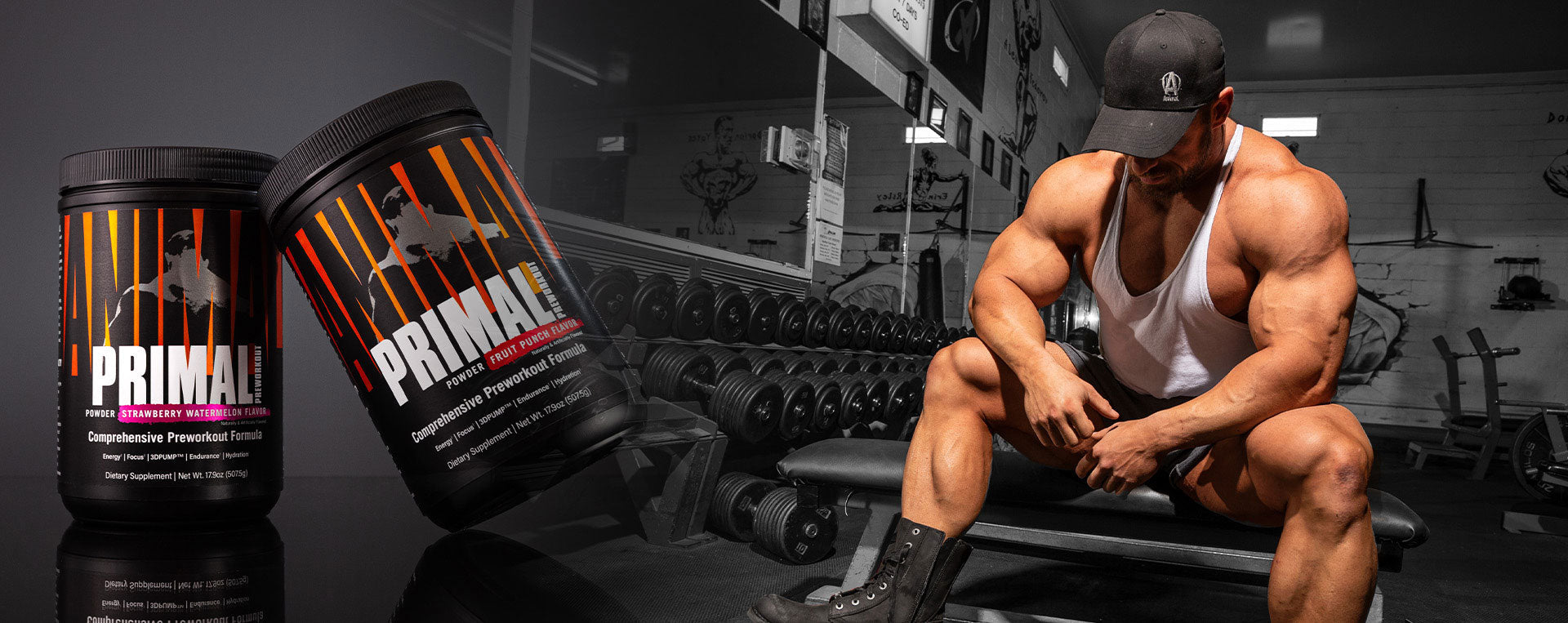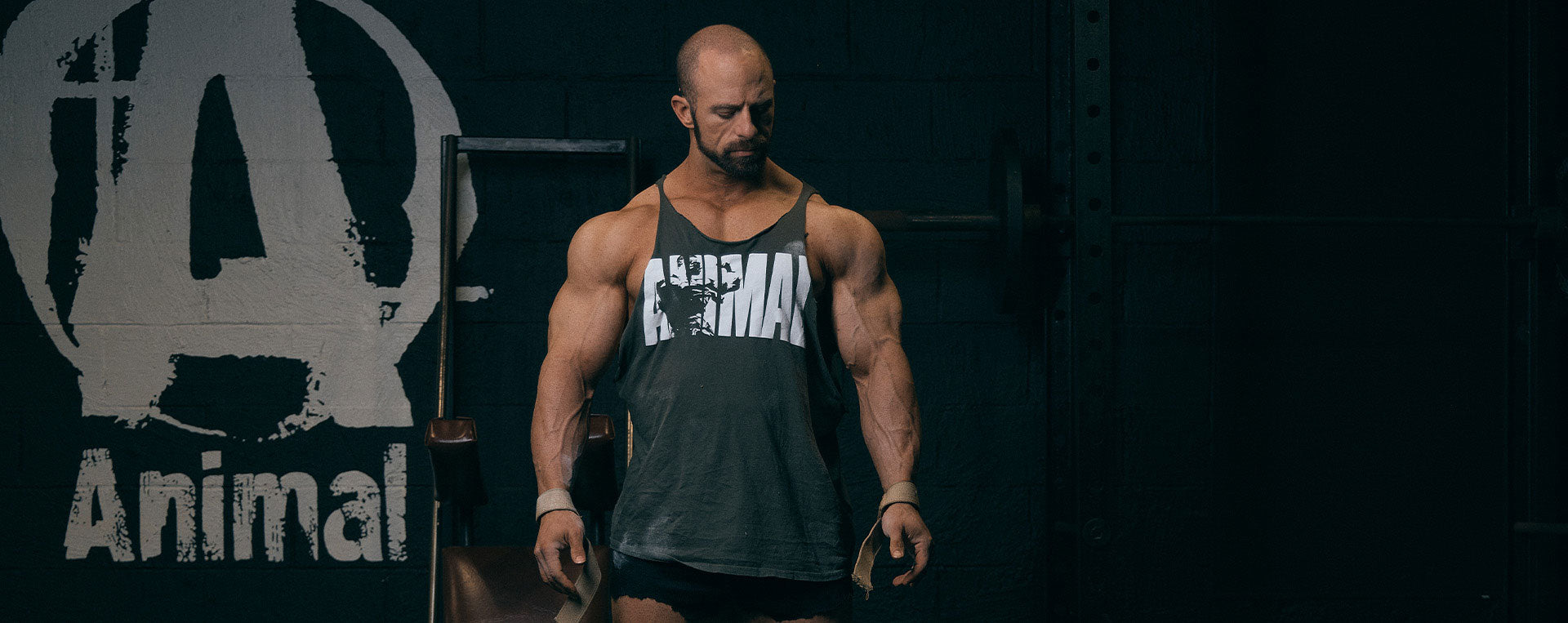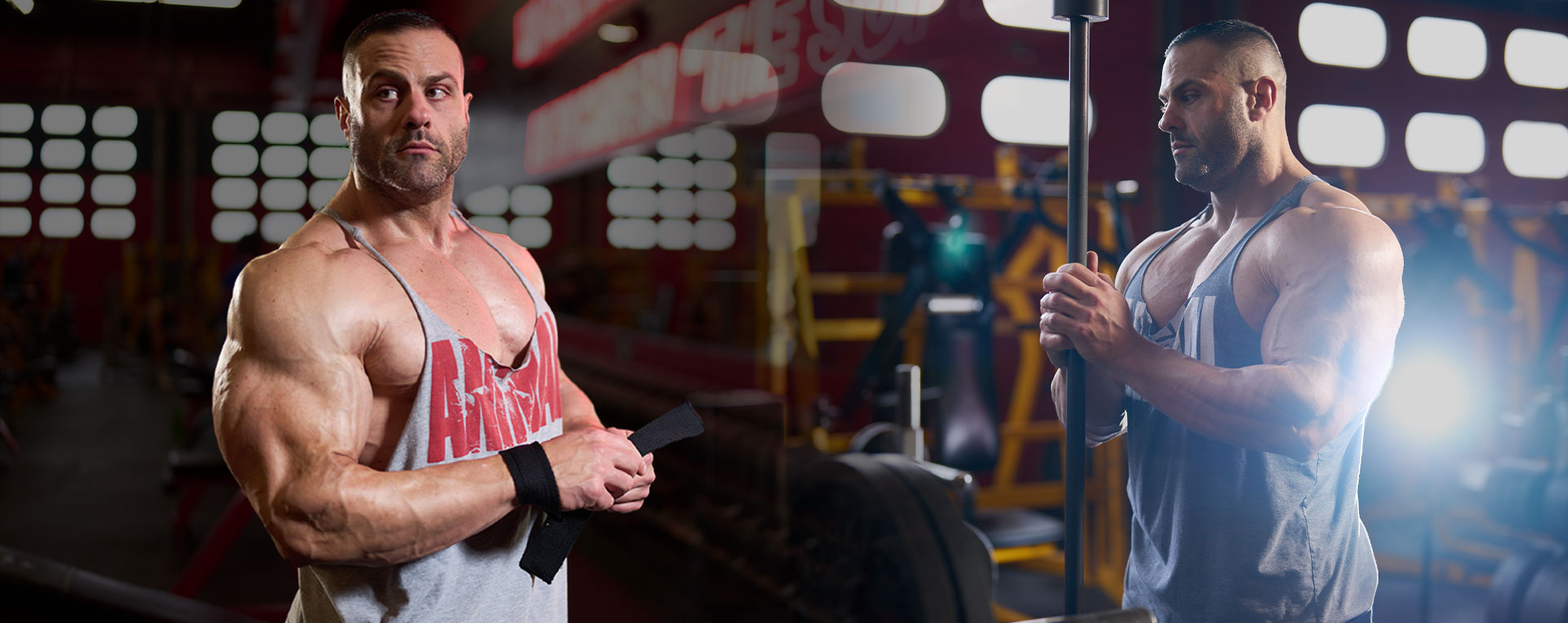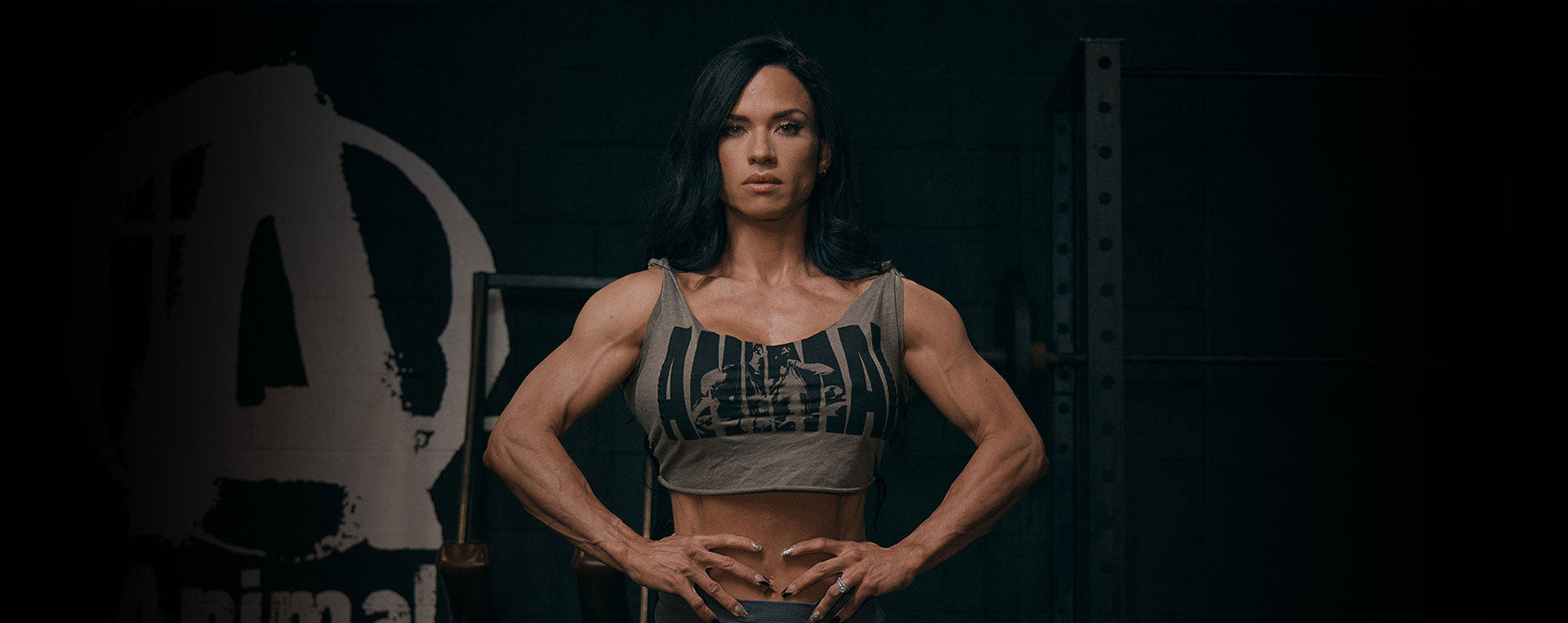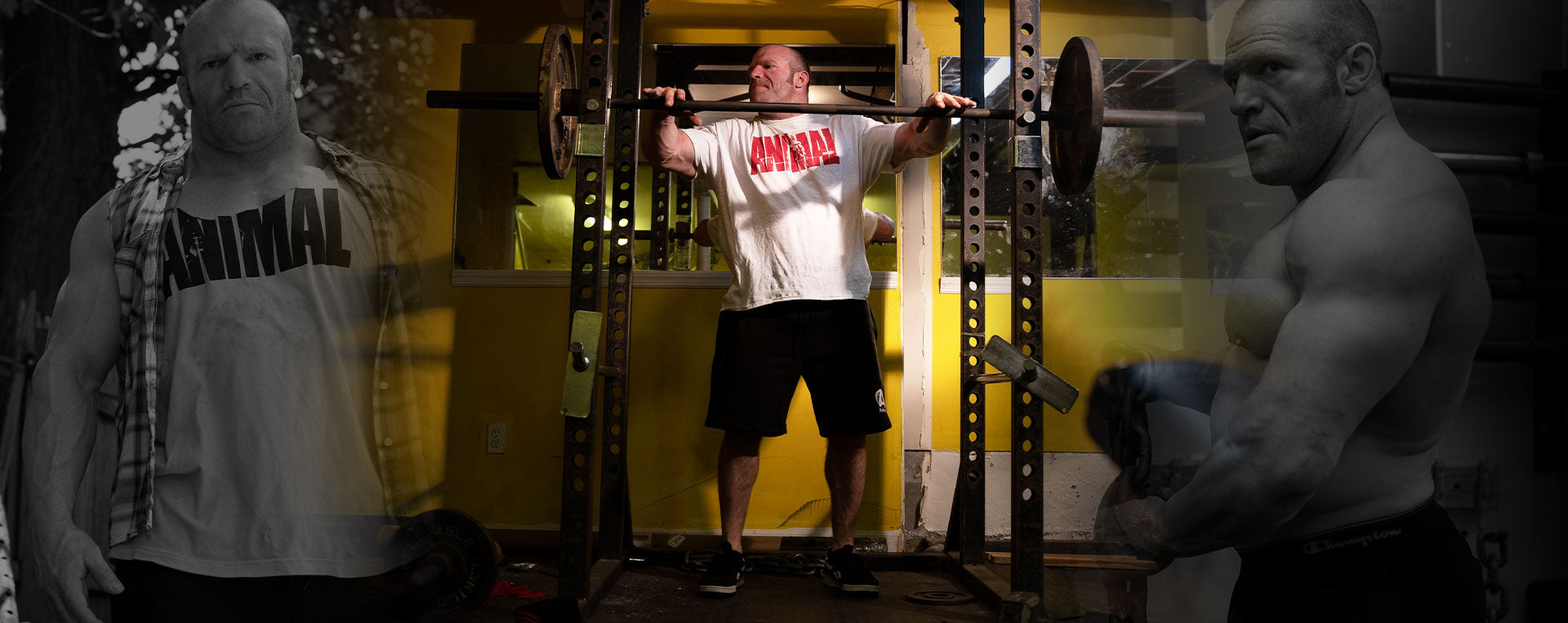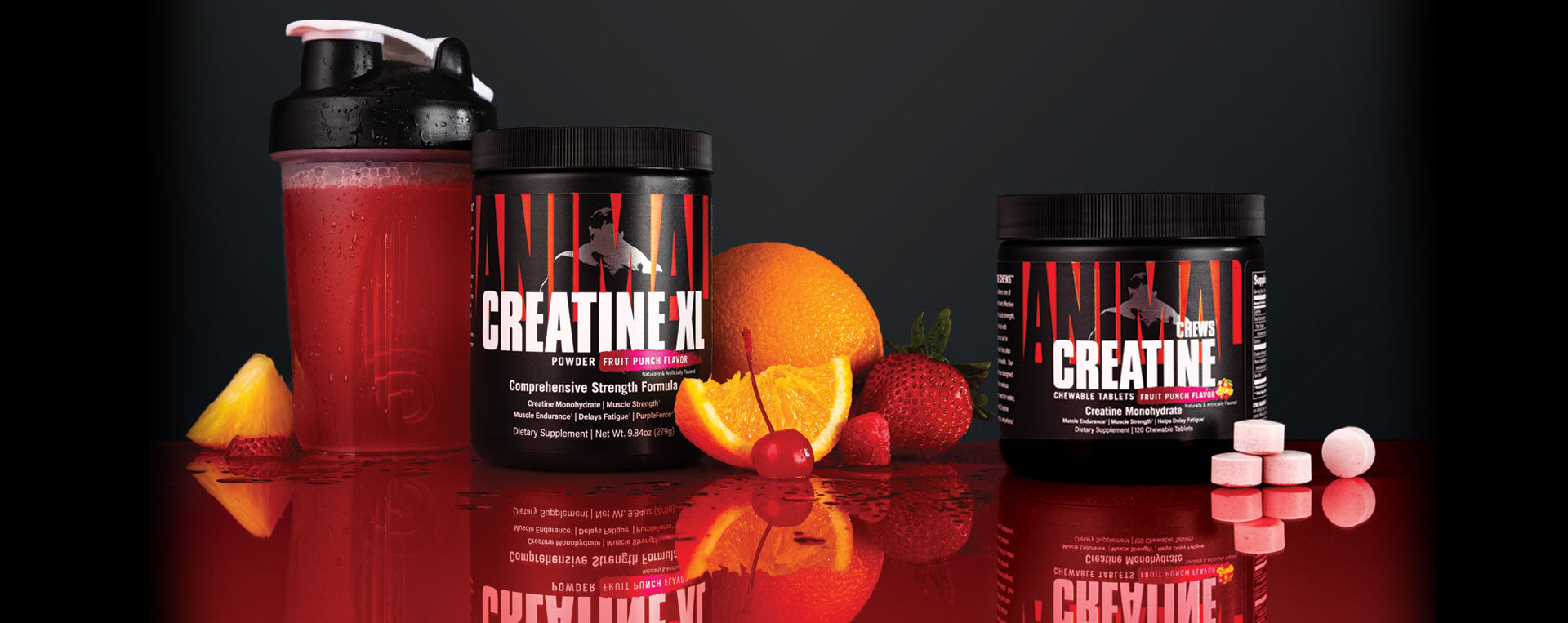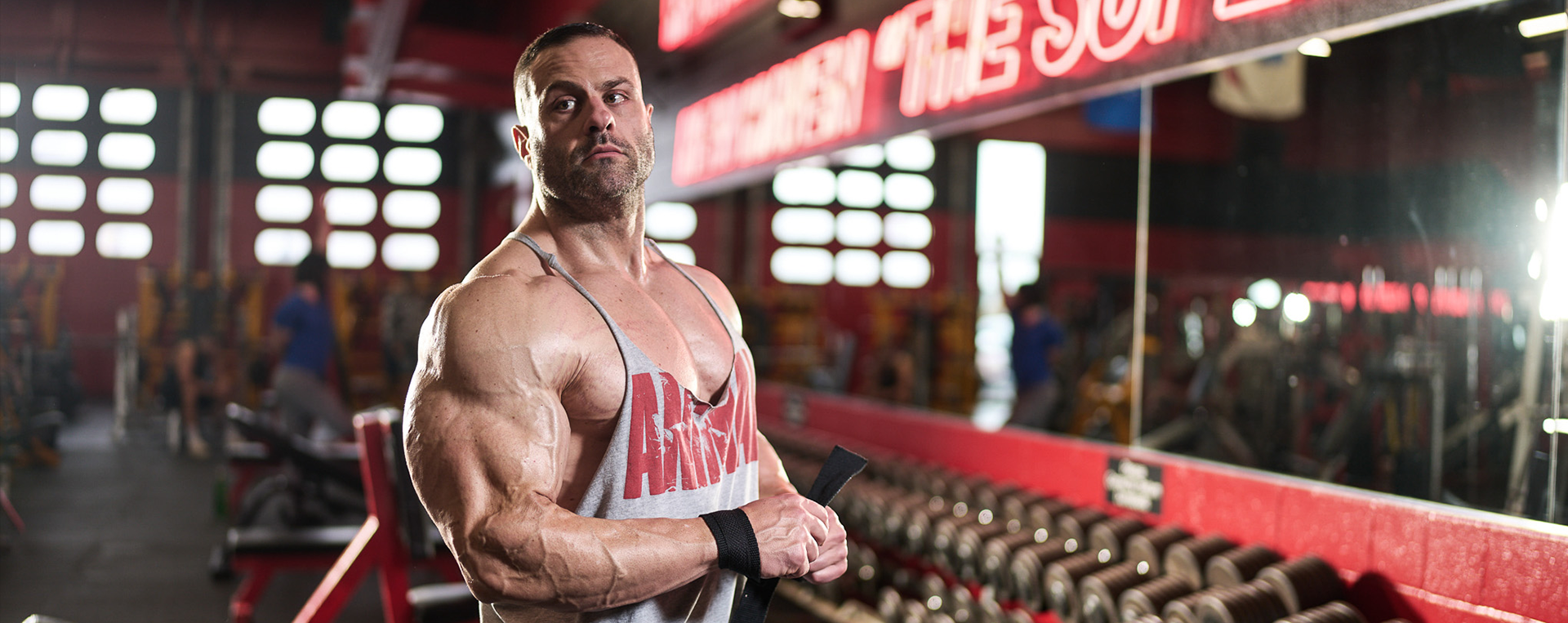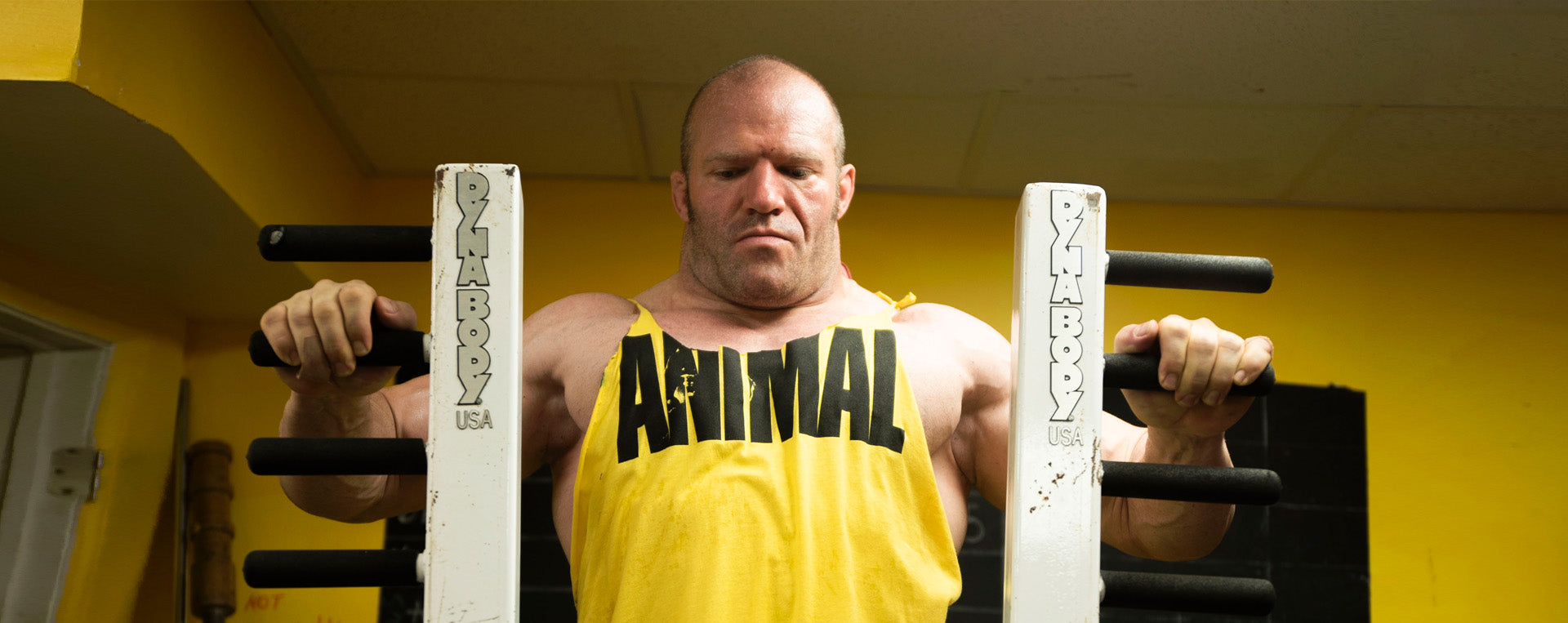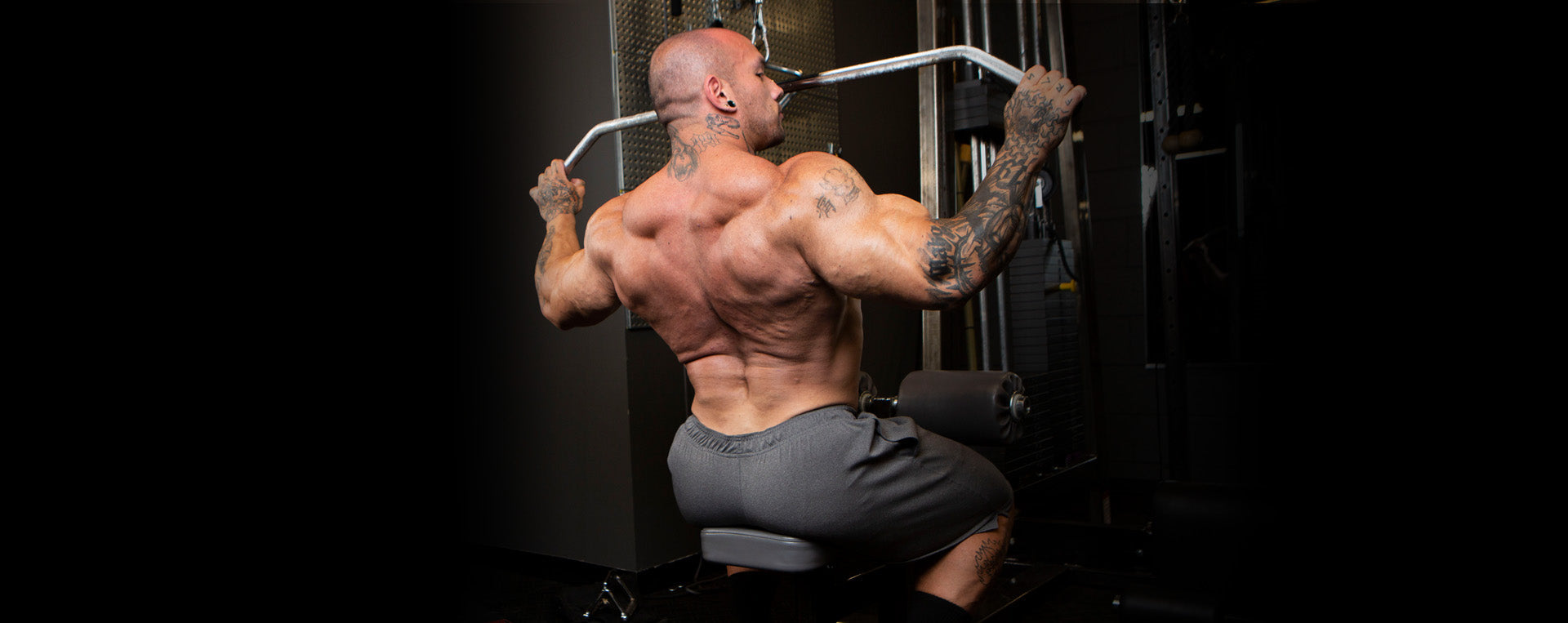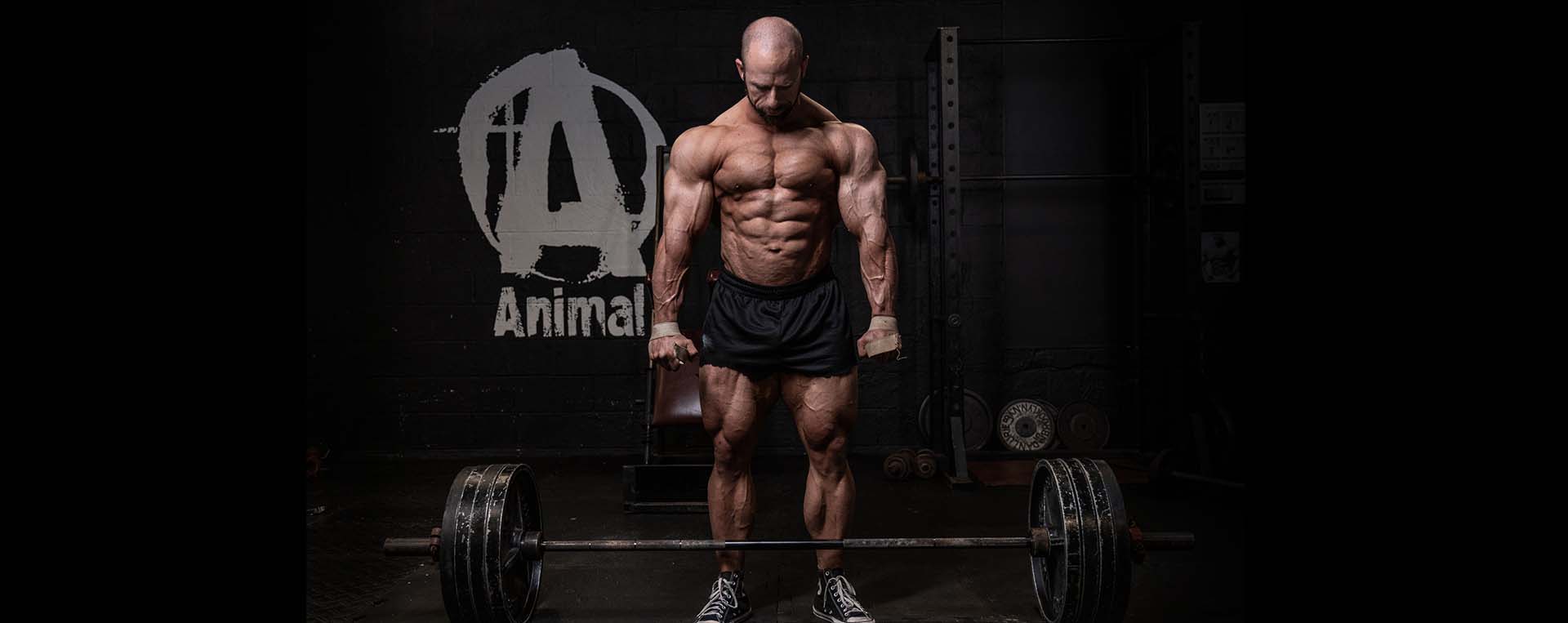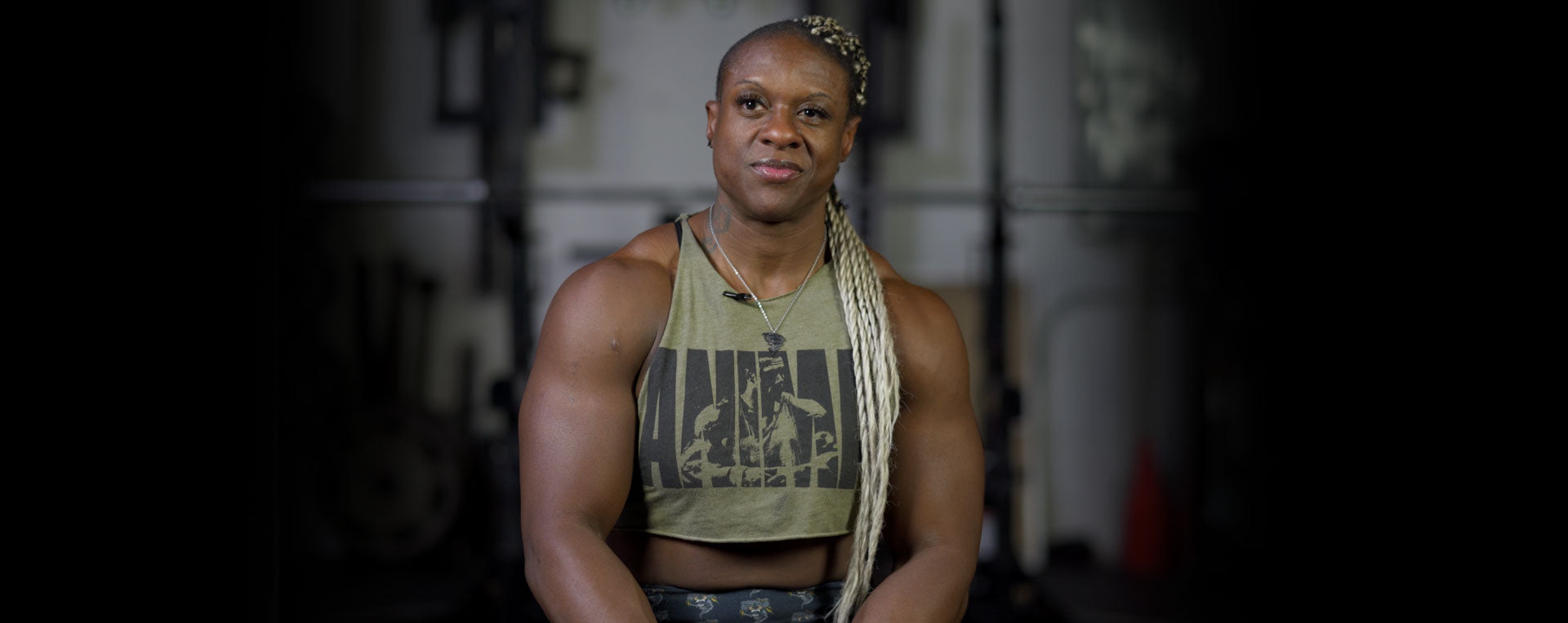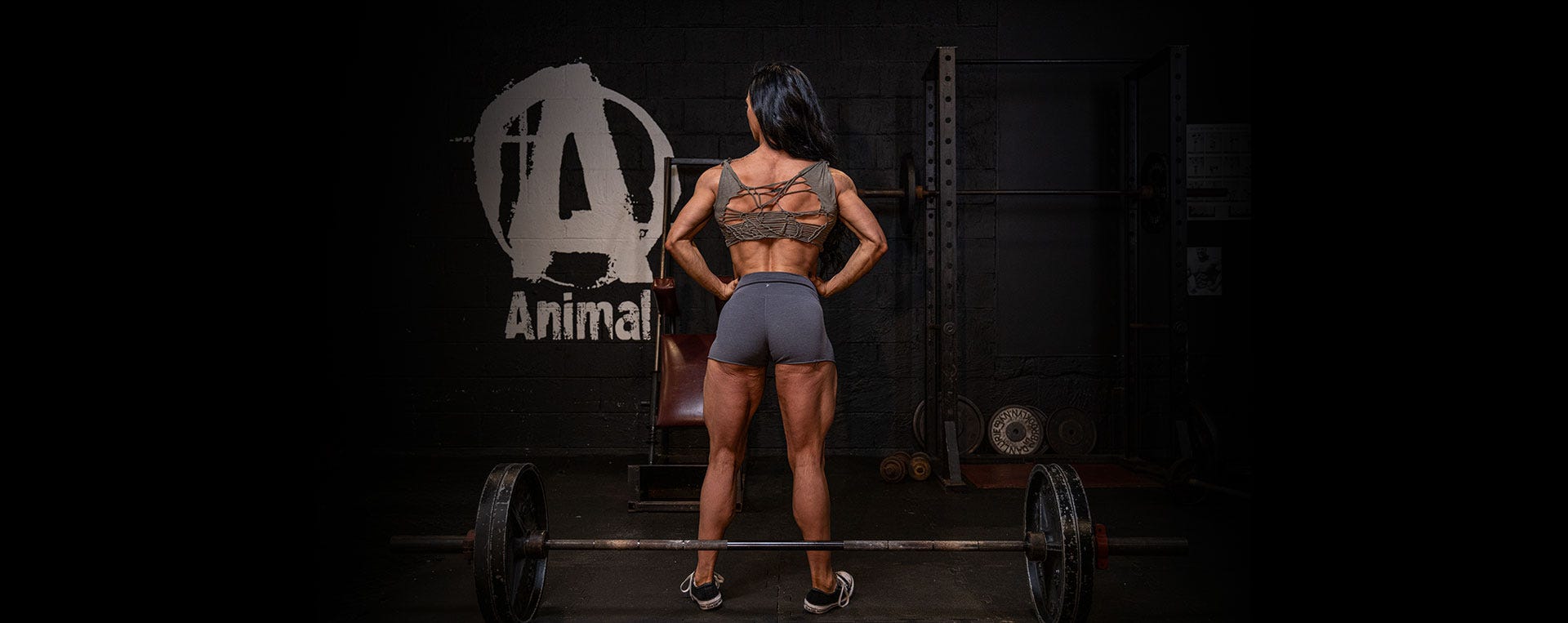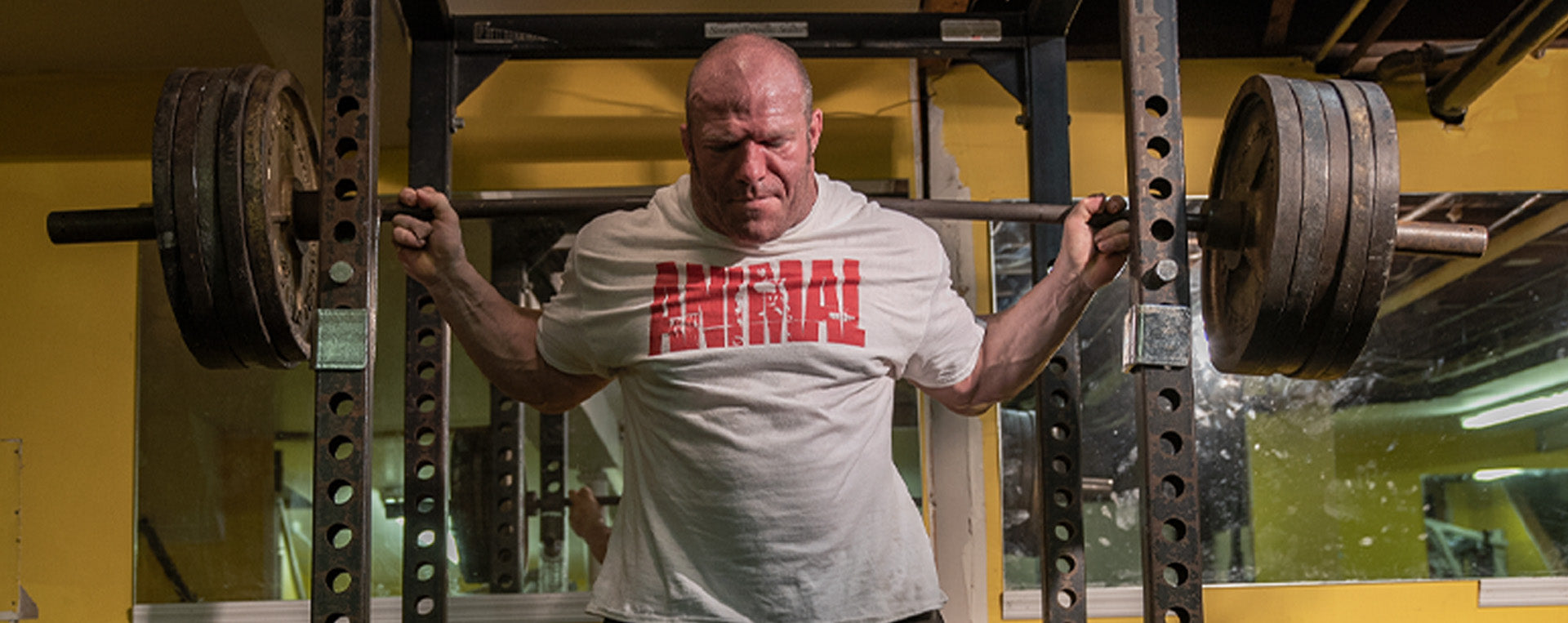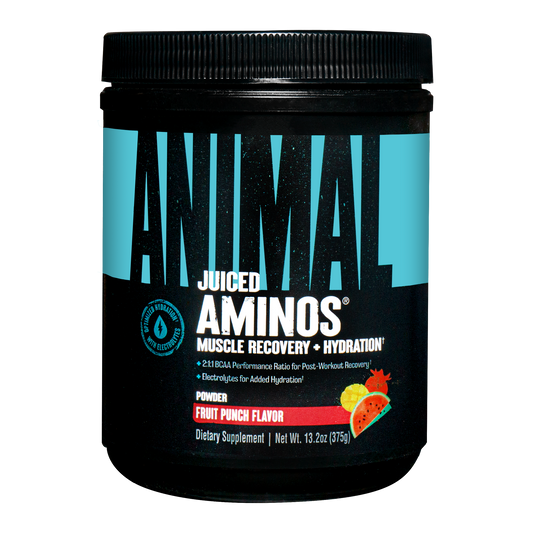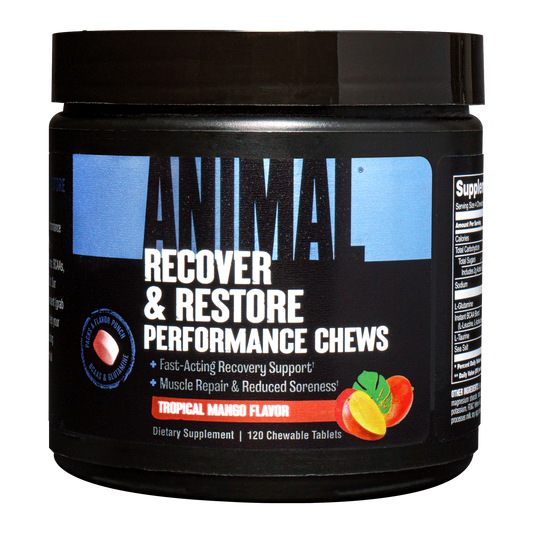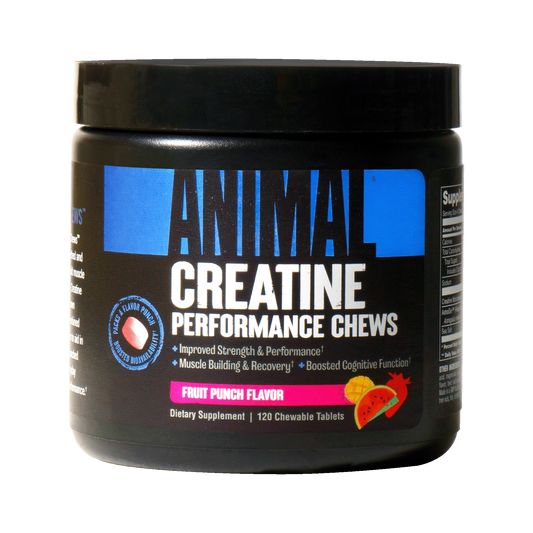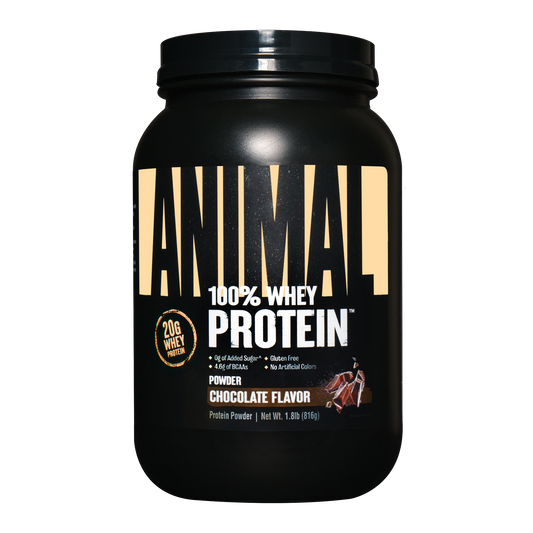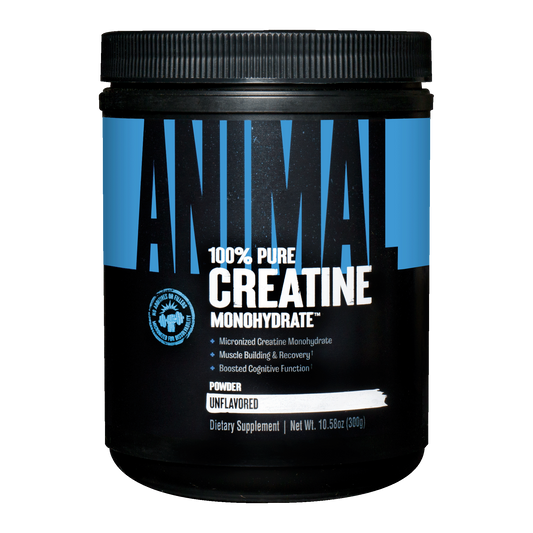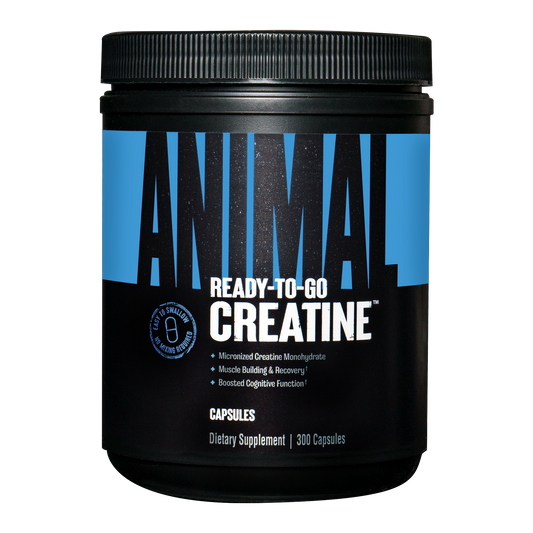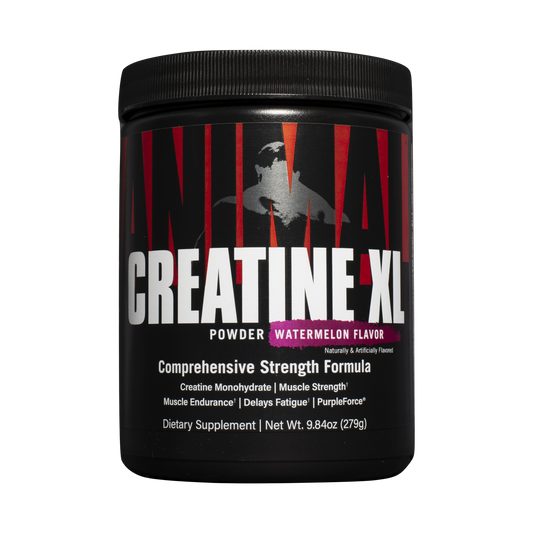Stop doing cardio and you will never lose your gains—this answer seems like the obvious one, right? It’s commonly thought that in concurrent training—the combined training of aerobic and resistance training—endurance training creates some interference that can limit hypertrophy signaling. As a result, bodybuilders all around have been trying to limit cardio to prevent muscle gains from slipping away, but if implemented correctly, cardio won't steal your gains. From a bodybuilding standpoint, cardio must happen sometimes to create the energy deficit possible to get stage lean. From an off-season perspective, there is some merit to continuing cardio for general health reasons, such as aiding sleep and stress management, and allowing those squats to wear out your quads before wearing out your lungs. I am going to cover how to implement cardio with the least impact to strength and hypertrophy gains.
Think about cardio mechanics when selecting which machine or modality of cardio to do. When looking at cycling versus running, cycling has the least impact on gym performance because it mechanically resembles weight training. Cardio modalities with more hip flexion as you would see in the squat or leg press are better choices over running. Running can also lead to less hip mobility which is not ideal for those ass-to-grass squats. Running has a high degree of eccentric action, which leads to more muscle damage as well. Muscle damage is very fatiguing and can impact strength training if performed close together.
We want a low impact form of cardio with more hip flexion. Two winners are cycling and the ARC trainer. The ARC trainer can provide a lot of hip flexion and is very low impact. You can also get your heart rate up to a target range on the ARC trainer without having to burn out your legs like you would on the spin bike, cycling like a mad man. Let’s not forget the Stepmill. The Stepmill has the advantage of offering a large calorie expenditure while keeping a slow pace. You don’t have to think about keeping your pace up, it mindlessly does it for you. However it does limit range of motion and causes more muscle damage compared to the ARC trainer. You need to weigh out what impedes your performance the least while still allowing for the calorie expenditure you need for the day.
Cardio Mechanics
Think about cardio mechanics when selecting which machine or modality of cardio to do. When looking at cycling versus running, cycling has the least impact on gym performance because it mechanically resembles weight training. Cardio modalities with more hip flexion as you would see in the squat or leg press are better choices over running. Running can also lead to less hip mobility which is not ideal for those ass-to-grass squats. Running has a high degree of eccentric action, which leads to more muscle damage as well. Muscle damage is very fatiguing and can impact strength training if performed close together.
We want a low impact form of cardio with more hip flexion. Two winners are cycling and the ARC trainer. The ARC trainer can provide a lot of hip flexion and is very low impact. You can also get your heart rate up to a target range on the ARC trainer without having to burn out your legs like you would on the spin bike, cycling like a mad man. Let’s not forget the Stepmill. The Stepmill has the advantage of offering a large calorie expenditure while keeping a slow pace. You don’t have to think about keeping your pace up, it mindlessly does it for you. However it does limit range of motion and causes more muscle damage compared to the ARC trainer. You need to weigh out what impedes your performance the least while still allowing for the calorie expenditure you need for the day.
HIIT vs. LISS
The battle between high intensity interval training (HIIT) and low intensity steady state (LISS) has gone hard for a while now. On the surface, sprinting looks pretty good as it causes similar neuromuscular adaptations as resistance training. It also trains the same energy systems (creatine phosphate, glycolytic), but it is highly demanding mentally and creates a lot of muscle damage. The fatigue from a hard HIIT session can last for 48-72 hours, which can easily affect your next leg training session. The advantage, though, is that it saves time.
LISS, on the other hand, is not taxing at all. Just go out and walk around. This typically generates very little fatigue and the interference effect is negligible. The issue is that it is not very time efficient as you might have to do triple the time walking as you would be doing HIIT, and you will gain minimal cardiovascular adaptations from it.
Duration Matters
Shorter duration cardio sessions have less impact on power, strength, and hypertrophy than longer ones. If you have the choice between doing one 60-minute cardio session or two 30-minute cardio sessions, go for two sessions. Long duration cardio will tap more into energy reserves and generate more fatigue with the same calorie burning effects. In contest prep, I split 45 minutes of cardio up into three 15-minute sessions. It is just as effective but feels much easier and makes cardio fly by.
Training Specificity
Training specificity should always be in mind for bodybuilding. If you are trying to be a massive muscled-bound bodybuilder, then hypertrophy training is your bread and butter. For example, a training set up that has 10 sessions of cardio per week and only 4 sessions of weight training looks more like an endurance athlete. Don’t let cardio sessions outweigh your resistance training work. As a general rule, I would limit the number of HIIT and moderate intensity cardio sessions to no more than the same amount of resistance training sessions. Then if you still need more energy expenditure, use LISS and just walk more. Bump up the non-exercise activity thermogenesis (NEAT). Simply getting more active will burn calories without zapping your gains.
Timing Your Cardio Around Training
As hypertrophy is the main goal for bodybuilding, we want to place cardio around training to have the least impact on performance. The farther away from your lower body training it is, the better. HIIT should be even farther away—try to avoid HIIT and moderate intensity cardio on the same day as lower body training. Do HIIT 48 hours prior to lower body training or, if it must be on the same day, do it in the evening after training upper body. The best timing is to have a 6-hour gap for all cardio done on the same day as weight training.
Fasted Cardio
A popular approach in bodybuilding is to do cardio first thing in the morning in a fasted state. Although there are situations in which this really matters, it won’t matter much for most people and comes down to personal preference. Eating prior to cardio does limit fat oxidation during the cardio session, but you just burn more fat later in the day instead, so fat loss is about the same. A caveat is that bodybuilders who use supplements to enhance fat mobilization and oxidation in the fasted state may have an advantage in remaining fasted. But long durations and moderate/high intensity cardio in the fasted state can lead to increased protein oxidation. I would limit fasted cardio to lower intensities. There may also be an advantage to moving some protein prior to the cardio session if the duration is longer than 20-30 minutes.
Key Points For Limiting Cardio Interference Effect
- Select the cardio modality that mimics resistance training range of motion like cycling or the ARC trainer.
- Moderate and HIIT cardio session number should NOT exceed the number of weight training sessions per week.
- If doing HIIT, allow 48-72 hours before lower body resistance training.
- LISS cardio has negligible impact on hypertrophy interference; add in as needed to increase energy output.
- Keep moderate intensity cardio sessions to 20-30 minutes in duration.
- If done on the same day as weight training, do moderate intensity cardio 6 hours before or after weights.
- Fasted cardio offers limited to no advantage over fed state cardio. If fasted, limit yourself to low and moderate intensity cardio. A serving of protein prior may have metabolic advantages for fat loss and limit muscle protein breakdown if you need long duration times.



